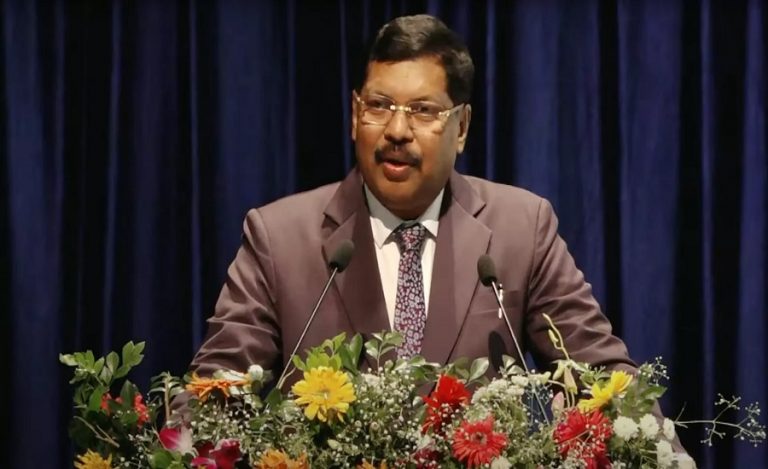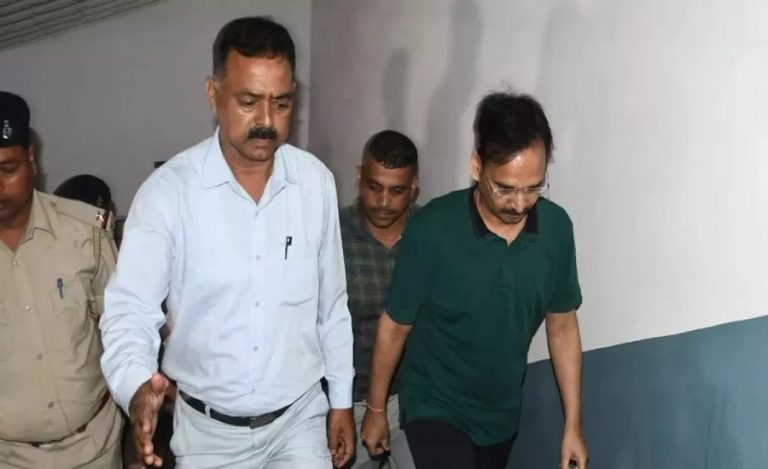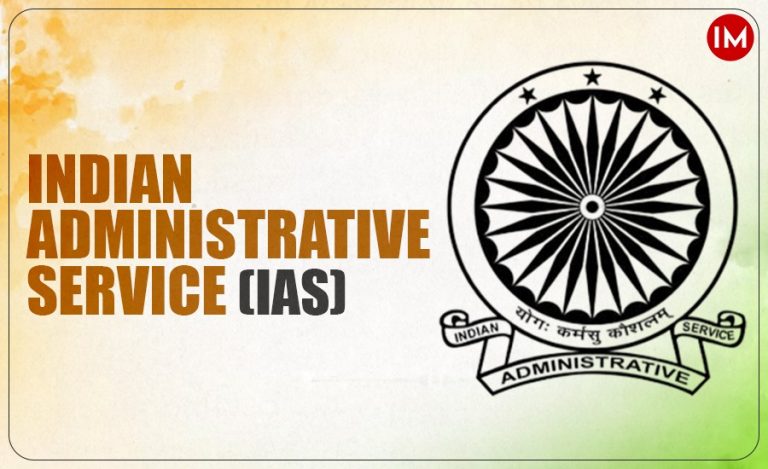New Delhi: The Union Cabinet has approved the Terms of Reference (ToR) for the 8th Central Pay Commission (CPC) and appointed former Supreme Court judge Justice Ranjana Prakash Desai as its Chairperson. The Commission is mandated to submit its report within 18 months from its formation, and its recommendations are expected to be implemented by January 1, 2026.
The 8th Pay Commission will review and recommend changes in the pay structure, pension, and allowances of Central Government employees and pensioners. The ToR defines the Commission’s scope, methodology, and duration.
Salary Revision Expected from January 2026
The implementation of the 8th CPC from January 1, 2026 is set to benefit millions of Central Government employees and pensioners. Employees are eagerly awaiting details about the salary revision formula, which is expected to follow the model used during the 7th Pay Commission.
Under the 7th CPC, the minimum basic salary was raised from ₹7,000 to ₹18,000, an increase of approximately 2.57 times.
If a similar methodology is applied, the minimum basic salary could rise from ₹18,000 to about ₹51,480, marking a substantial jump in take-home pay.
Fitment Factor: The Key Multiplier
At the heart of the salary revision is the fitment factor — a numerical multiplier that determines how existing pay scales are revised.
- Under the 7th CPC, the fitment factor was 2.57.
For the 8th CPC, it is expected to rise to 2.86, based on inflation, cost of living, and fiscal considerations.
Example Calculation (8th CPC Estimate):
- Current Basic Pay: ₹25,000
- New Basic Pay (₹25,000 × 2.86): ₹71,500
- DA (after reset): 0%
- HRA (Metro, 27%): ₹19,305
- Total Estimated Salary: ₹90,805
Impact on Pensioners
Pensioners will also benefit proportionally from the fitment factor increase.
For instance, if the current basic pension is ₹9,000, it could rise to approximately ₹25,740 post-implementation.
The Dearness Allowance (DA), which resets to 0% after each Pay Commission, will restart and gradually increase again with future revisions.
HRA and Allowances to Rise Sharply
Under the new pay matrix, House Rent Allowance (HRA) will continue to depend on city classification:
- X-category (Metro cities): 27% of basic pay
- Y-category (Medium cities): 18%
- Z-category (Small towns): 9%
As the basic pay increases, the HRA amount will also grow significantly.
For example, an employee with a new basic pay of ₹51,480 could receive:
- ₹13,890 (X city)
- ₹9,266 (Y city)
- ₹4,633 (Z city)
Estimated Pay Levels under 8th CPC

These are indicative figures, as the official pay matrix will be finalized only after the Commission’s report.
What the Terms of Reference Define
The ToR outlines the following:
- Structure and principles for revising pay, allowances, and pensions.
- Consideration of inflation, fiscal sustainability, and economic growth.
- Recommendations on performance-based pay and rationalization of pay levels.
The government aims to ensure that the new pay structure reflects both employee welfare and financial discipline.
Conclusion
With the approval of the ToR and appointment of Justice Ranjana Prakash Desai as Chairperson, the 8th Central Pay Commission has officially begun its work. Its recommendations are expected to bring substantial financial relief to millions of employees and retirees, while also influencing future wage structures across public and private sectors.



























